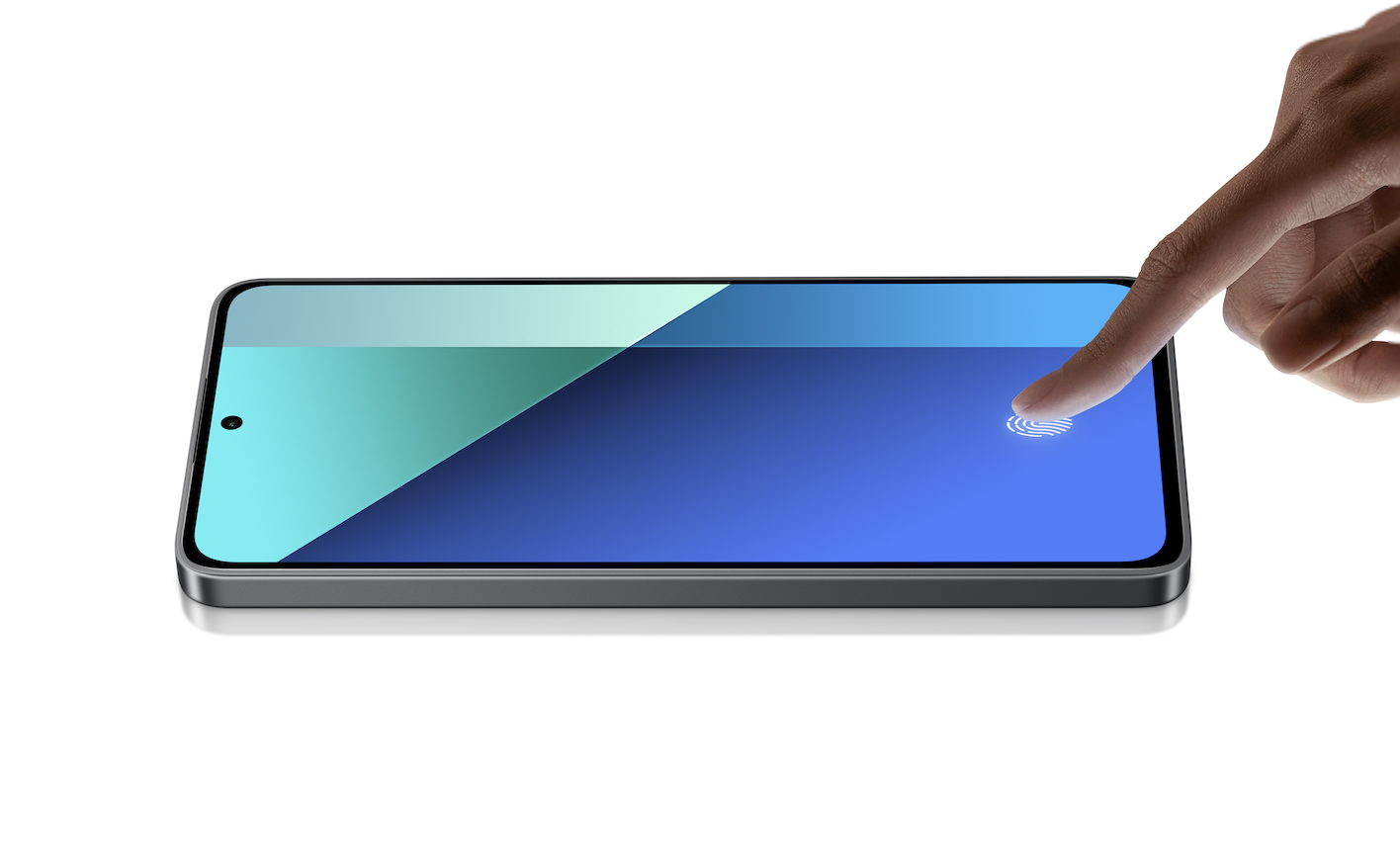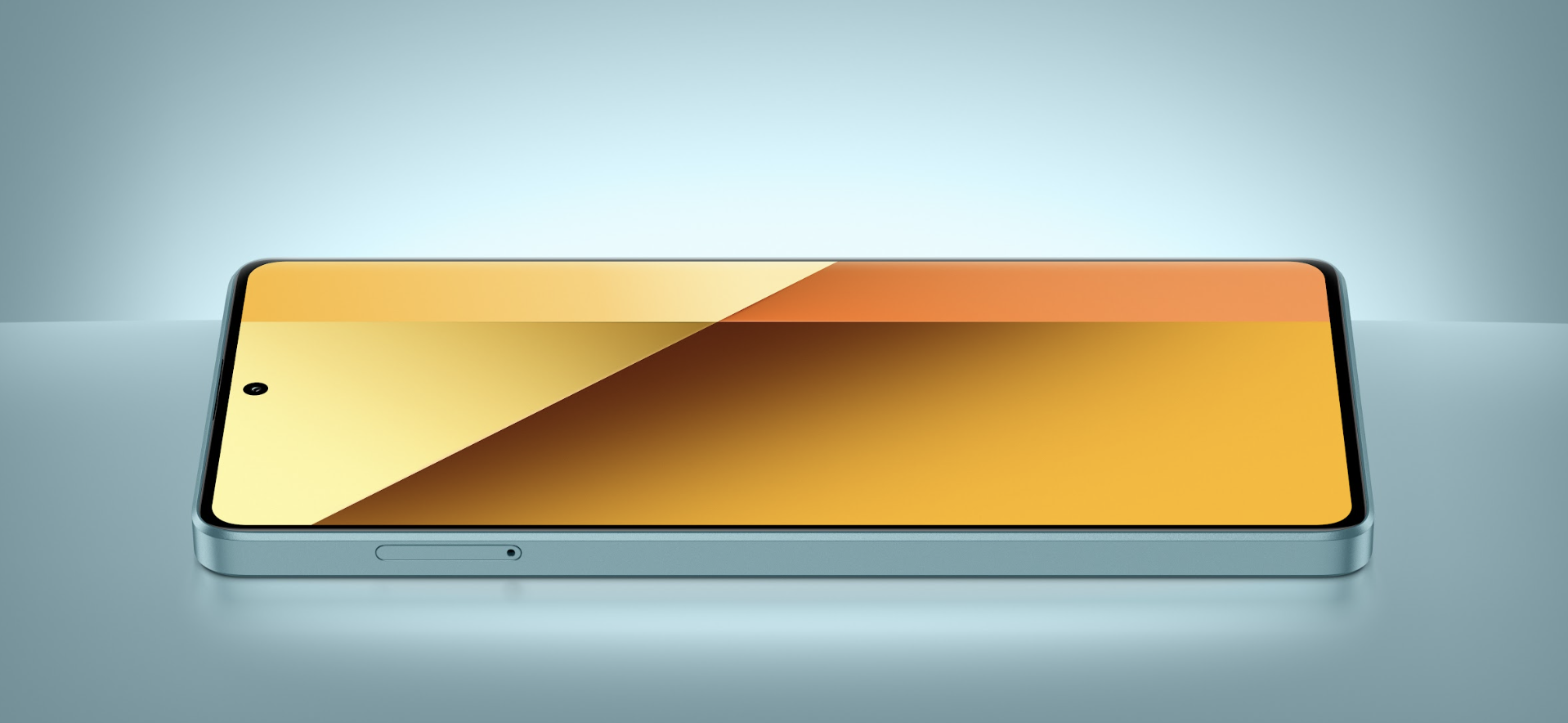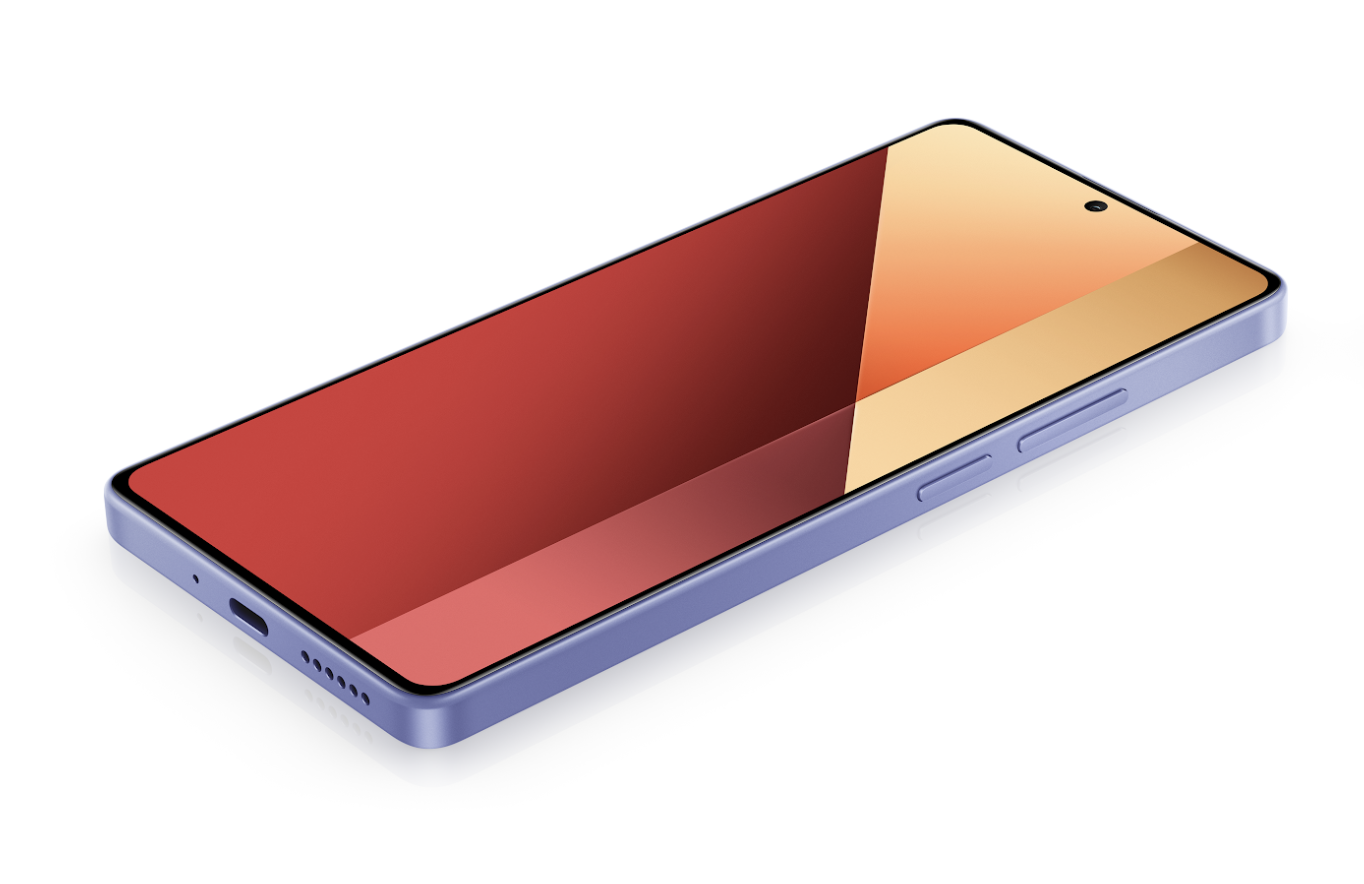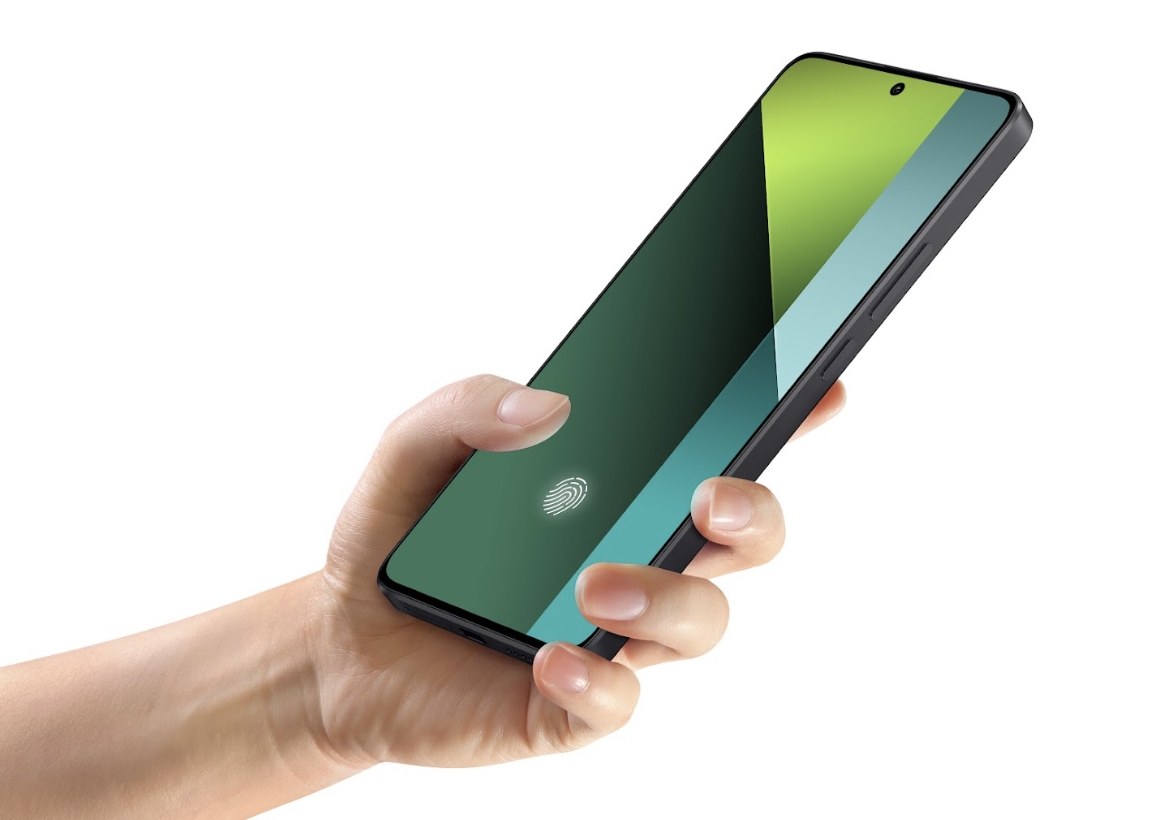Xiaomi recently announced that it has finally launched the much-awaited Redmi Note 13 series, which comes with some much-welcome upgrades from its predecessors. In true Xiaomi fashion, the Note 13 series consists of several variants, including the base Redmi Note 13, Note 13 5G, Note 13 Pro, Note 13 Pro 5G, and Note 13 Pro+ 5G. There are some similarities across the board, although Xiaomi has positioned the Note 13 series as an overall contender in the entry-to-mid smartphone market.
With that being said, let’s take a quick look at Xiaomi’s latest smartphone offerings.
Redmi Note 13 & 13 5G

First up is the base model Redmi Note 13, which features a more modern appearance thanks to the flat sides, although it retains large camera bumps on the rear panel, a constant trend with Chinese smartphone manufacturers. The phone features a 6.67″ AMOLED display with a 120Hz refresh rate and up to 1800 nits of peak brightness, as well as a 2400 x 1080 pixel resolution. Available in several colours including Midnight Black, Mint Green, Ice Blue, and Ocean Sunset, the Note 13 also comes with IP54 certification, as well as Gorilla Glass 3 protection on the display.
Powering the phone is Qualcomm’s Snapdragon 685 chipset, an unsurprising but safe choice as far as mobile processors go. The phone is available with up to 8GB and 256GB memory configurations, and will ship with MIUI 14 based on Android 13 (sorry Android 14 fans). Additionally, the Redmi Note 13 runs on a 5,000 mAh battery with support for 33W charging speeds, and even features a 3.5mm headphone jack. For optics, the phone packs a 108MP+8MP+2MP triple camera setup on the rear panel, with a 16MP selfie shooter in front.

As for the Redmi Note 13 5G, there are some similar specifications such as the display size, camera specifications and battery, although it does of course come with a faster 5G data connectivity (as you can probably tell from the name). Other differences include a slightly remodelled camera module on the rear panel, a Gorilla Glass 5 display, and MediaTek’s Dimensity 6080 chipset.
Note 13 Pro Series

The Redmi Note 13 Pro series consists of three different models – the “regular” Note 13 Pro, the Note 13 Pro 5G, and Note 13 Pro+ 5G. Again, there are some similarities right off the bat – the base Pro model likewise comes with a 6.67-inch 120Hz display, as well as a 5,000 mAh battery (albeit with faster 67W charging). Of course, Xiaomi needs to separate its many models from each other, and this comes in the form of upgrades to camera hardware and performance – beating inside the Note 13 Pro is the MediaTek Helio G99 Ultra with up to 12GB of RAM and 1TB or expandable storage, in addition to a 200MP+8MP+2MP main camera setup (notice the higher resolution main sensor).

There’s also a 5G variant of the 13 Pro, which sets itself apart thanks to the Qualcomm Snapdragon 7s Gen 2 chip onboard, as well as a 5,100 mAh battery which is slightly larger (although by a hair) than the 5,000 mAh capacity units onboard the other models. Finally, we have the Redmi Note 13 Pro+ 5G (quite a mouthful to be honest) which comes with the MediaTek Dimensity 7200 Ultra chipset, and super-fast 120W charging speeds. It retains the same sensor resolution as some of its brethren (200MP+8MP+2MP) although interestingly comes with the standard 5,000 mAh battery capacity.
Final Thoughts
With all that being said, Xiaomi wasted no resources in making sure that it covers every possible price segment of the market, although of course some models might not be available depending on your region. In terms of pricing, the Redmi Note 13 starts at £199, while the Note 13 5G and Note 13 Pro come in at £279, £339 for the 13 Pro 5G, and £449 for the Redmi Note 13 Pro+ 5G. Interested buyers can check out the official Mi website, as well as authorized retailers.
Check out our official YouTube channel for more content and reviews, and stay tuned for more Geeky Stuff!
Note: This article contains affiliate links, which helps keep our site up and running.